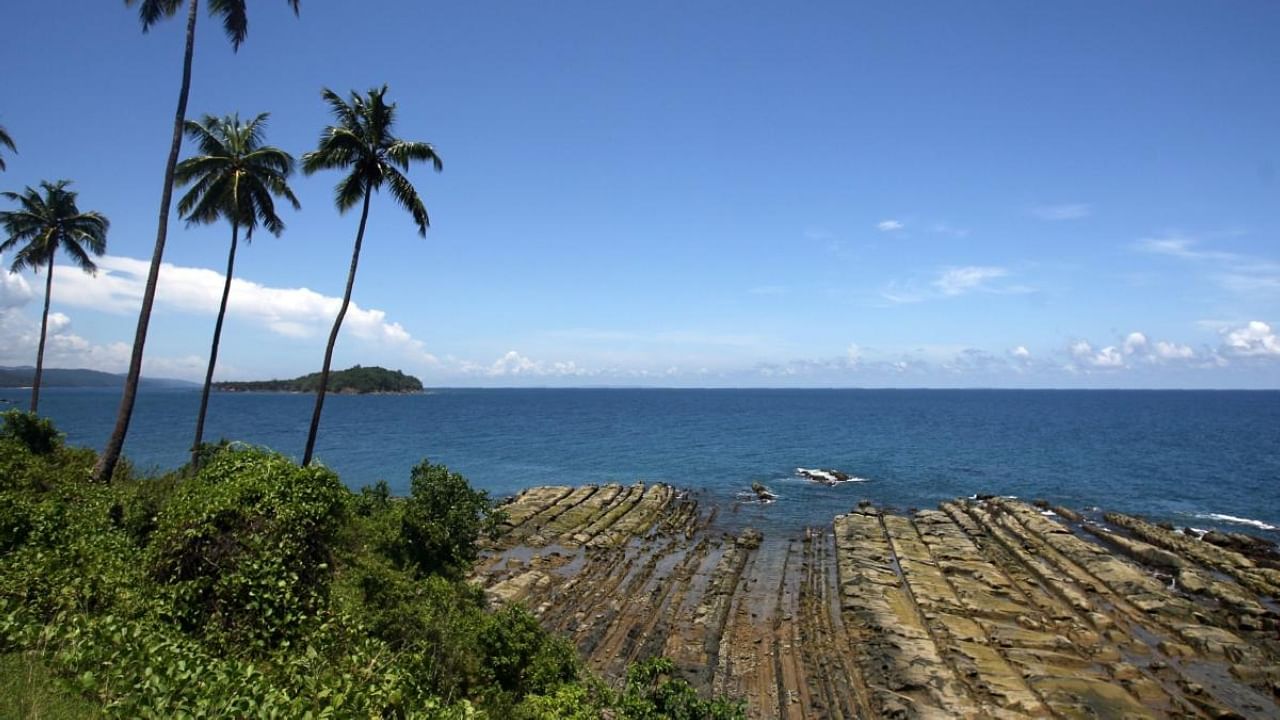

The Andaman and Nicobar Islands (ANI) are in the news. With the union government proposing a slew of infrastructure projects to boost business and tourism on the islands, conservation groups are on the warpath. Environmentalists contend that construction activity on ecologically sensitive islands could lead to a large-scale loss of biodiversity, which could hurt local communities and the islands’ indigenous people.
The ecological perspective stands in opposition to the mainstream view, which emphasises the development of the islands. The ANI is an oceanic outpost for continental India. With a critical vantage location overlooking the ten-degree and six-degree channels (through which a vast majority of cargo and container traffic in the eastern Indian Ocean transits), the islands give India a unique surveillance and maritime interdiction capability. The ANI is a vital ‘staging post’ for maritime operations, and a hub for logistics, providing operational turnaround for Indian warships and aircraft deployed in the Andaman Sea.
When India first began developing the ANI in the 1980s, the defence and foreign policy establishments were not entirely in agreement. India’s diplomatic community opposed the militarisation plan, arguing that turning the islands into a strategic-military garrison would weaponise the littorals, an outcome unlikely to sit well with India’s maritime neighbors. Indonesia and Malaysia were apprehensive that India would use its military facilities on the Andamans to dominate its region, and project power east of Malacca. But New Delhi was clear that developing the islands was a necessity that could not be overlooked. Asia's leaders knew that India's intentions were good because it was willing to keep its security presence on the strategic islands to a minimum.
Today, arguably, there is more empathy for Indian compulsions to develop the ANI. With China expanding its footprint in India’s backyard, regional states realise New Delhi has little option but to consolidate strategically on the islands. In the aftermath of the June 2020 standoff with China in Ladakh, the Indian military has been under growing pressure to forestall Chinese adventurism in the Indian Ocean. Indeed, with China moving to expand its presence in India’s neighborhood, including at Maldives (Feydhoo Finolhu), Pakistan (Gwadar), Sri Lanka (Hambantota), and Bangladesh (at Cox Bazaar where China is said to be constructing a submarine base), the stakes for India in the eastern Indian Ocean have never been higher.
New Delhi also needs to counter China’s Belt and Road Initiative. The manner of China’s development of infrastructure projects in the Bay of Bengal suggests that it seeks both economic leverage and strategic prowess in South Asia. By some accounts, China is looking for military access to Chinese-built facilities in the Bay of Bengal. Beijing, reportedly, is on a drive to create ‘dual-use’ facilities that have both commercial and military applications.
One way for India to counter China's forays in the Bay of Bengal would be to expand Indian military presence in the littorals. The process is already underway, but it is unlikely to thwart Chinese plans in the neighbourhood; simply because the People’s Liberation Army Navy is a far more capable force than many in India imagine. The other way for India to counter China is to develop its island territories in the eastern Indian Ocean and offer military facilities therein for logistics support to navies from friendly Quad countries. That would be a clear signal of Indian intent to China. Either way, developing the ANI is a dire imperative for India.
That being said, New Delhi cannot afford to ignore the ecological implications of infrastructure development on the islands, in particular, the proposal for a container terminal at Campbell Bay on the Great Nicobar Island. The project entails the mass culling of forests and could take a toll on the region’s delicate ecological balance. New hotels, resorts, and a transshipment port could upend decades of conservation efforts. The need of the hour is to balance competing requirements: enable development on the islands, while avoiding large-scale environmental damage. As ‘high-wire’ acts go, this is going to be a hard walk for Indian decision-makers.
(The writer heads the Maritime Policy Initiative at the Observer Research Foundation)